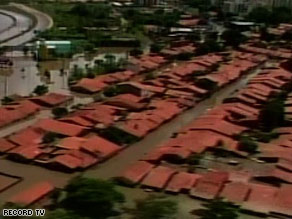A Starry Night in Brazil (2009 May 9)
Posted: Sat May 09, 2009 12:39 pm
http://antwrp.gsfc.nasa.gov/apod/ap090509.html
Nice picture.
Does the region have any farms that aren't local?
---
NBA players Sam Cassell, Keith Booth, Reggie Lewis, Muggsy Bogues, Reggie Williams, and David Wingate all went to Dunbar High School in Baltimore. They play football there, too. The football field is named Sugar Cane Field after "Sugar" Cane. But there's no sugar cane standing there, just grass and goalposts.
---
P.S. There's that teapot again.

Nice picture.
All I see is sugar cane standing in the foreground. The field lies out of frame. It must have been cropped.APOD Description wrote:A sugar cane field from one of the historic region's local farms lies in the foreground.
Does the region have any farms that aren't local?
---
NBA players Sam Cassell, Keith Booth, Reggie Lewis, Muggsy Bogues, Reggie Williams, and David Wingate all went to Dunbar High School in Baltimore. They play football there, too. The football field is named Sugar Cane Field after "Sugar" Cane. But there's no sugar cane standing there, just grass and goalposts.
---
P.S. There's that teapot again.



